Pokémon cards
Pokémon (short for “pocket monsters”) cards have been around since 1996, and in the mind of an 8-year-old, you really gotta catch them all — more than 1,025 of them. The cards are part of a game in which trainers (the person owning the cards) try to build a powerful 60-card deck. Prices range from 50 cents for common cards to more than $1 million for rare cards with obvious (to Pokémaniacs) flaws.
The most expensive Pokémon card ever sold was purchased by influencer Logan Paul in 2021 for $5.27 million.
FIG Fotos / Alamy Stock Photo
Posters
The value of a poster depends on how famous the event was — and how much it means to you. Did you go to the closing of the Fillmore West and see (among many others) Elvin Bishop, the Grateful Dead, Santana, Creedence Clearwater Revival and Tower of Power? Did you get the poster? A first printing of the poster is listed for $750 on Visible Vibrations A 1949 Wizard of Oz lobby card sold for $1,500 in August.
Silver flatware
Fine china and pricey flatware may not be popular with the younger generations, but if you have some collecting dust, you could be sitting on a gold mine, or in this case, a silver one. Sterling silver forks, knives, spoons and other tableware can fetch thousands of dollars, says Phil Dreis, owner of Antique Cupboard, an online seller of silver flatware, jewelry and tea sets.
“Silver-plated flatware has very little value. But sterling silver is valuable whether it is a desirable pattern or it’s just metal,” Dreis says.
A 60-piece sterling silver set can go from $1,500 to $50,000, depending on the pattern and demand. A rare Paul Revere Jr. silver tablespoon circa 1790 sold at auction for a record $32,500 in May 2021.
Sports memorabilia
“You can’t go wrong if you have anything from Michael Jordan in the ’80s or ’90s,” says Robert Wilonsky, communications director for Heritage Auctions, which had bids of $135,000 for Jordan’s rookie card. Shark Tank host and businessman Kevin O’Leary, along with two other investors, recently purchased an ultra-rare, autographed Kobe Bryant and Michael Jordan basketball card for $12,932,000 from Heritage Auctions, making it the most expensive trading card ever sold at auction.
Many signed baseballs are worth something, as are signed bats and bobbleheads. Got a signed football? Those are good, too. Just about anything that a sports figure has signed is worth something. If you have $23,000 to spare, you can buy a signed Babe Ruth baseball bat on eBay.
A 1976 Apple-1 Personal Computer, from Steve Jobs parents' garage sold for $365,000 at Christie's auction on December 5, 2014.
AFP / Getty Images
Technology
While you’re cleaning out the garage, ask yourself if you’re really going to use all those old gadgets. If not, you could get some cash for them. A floppy disk signed by Apple founder Steve Jobs sold for $84,115 in 2019, according to WorthPoint. A World War II Fairchild Maxson MK1, an early navigational computer, sold for $20,000 in 2020.
In 2025, an original Apple-1 computer was sold for $375,000 at RR Auction.
VHS tapes
Believe it or not, a VHS tape is now considered an antique in some circles. A number of Disney VHS tapes are now collectibles that are worth thousands.
In the 1980s and 1990s, Disney introduced a series of VHS tapes known as the “Black Diamond” collection, the company’s first foray into VHS. Fast forward to 2024, and a sealed copy of Beauty and the Beast from that era sold on eBay for more than $37,000 in 2024. In 2022, a pristine version of the beloved film The Fox and the Hound fetched $17,500 on eBay.
Value Is in the Eye of the Beholder
What makes a collectible valuable? Condition is one thing. A rare version of the Donkey Kong 3 video game sold for $28,800 in 2019. The catch: The truly valuable games have never left their original packaging. “If you played with it, forget it,” says collectibles expert Harry Rinker.
In some cases, professional grading services will validate how well-preserved rare coins, stamps or comic books are. The difference between an MS-70 coin — the highest grade possible, with no imperfections — and an uncirculated MS-60 coin can be thousands of dollars. With other collectibles, you’ll have to learn to use your own eye.
Another element is desirability. Although it’s possible to discover a Rembrandt in the attic or a Chippendale mahogany bombe chest in the basement, it’s not likely. And, to be honest, most people aren’t going to be interested in your grandmother’s tea set. “If you find something that appeals to people over 65, you can’t sell it, because those people are trying to get rid of their stuff, not buy more of it,” Rinker says. The newest generation of collectors is looking for items they had as children in the 1980s and 1990s.
But don’t be too quick to judge. “You never know how valuable things are until you tell people you have it and you want to sell it,” says Robert Wilonsky, communications director for Heritage Auctions.
Thanks to the internet, it’s not hard to find the price of most collectibles. Nearly every type of collectible has an online group, from Pokémon community forums to to the Mid-West Tool Collectors Association. You’ll generally be able to get some sense of what their members find valuable.
You can also contact auction sites, such as Heritage Auctions and Sotheby’s, to check whether you have something valuable. WorthPoint compiles information from dozens of sources and offers a searchable database starting at $28.99 a month. People often make the mistake of thinking it’s not worth the effort to sell something that would bring in $50 at most. “You have to remember it’s money,” says Will Seippel, CEO of WorthPoint. “Would you throw away $50? Why send it to the dump when you can sell it?”





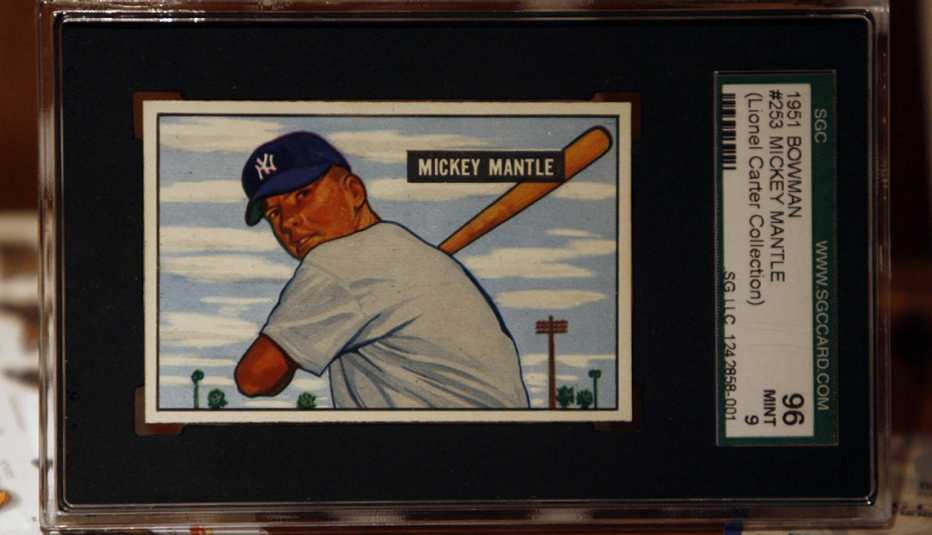































































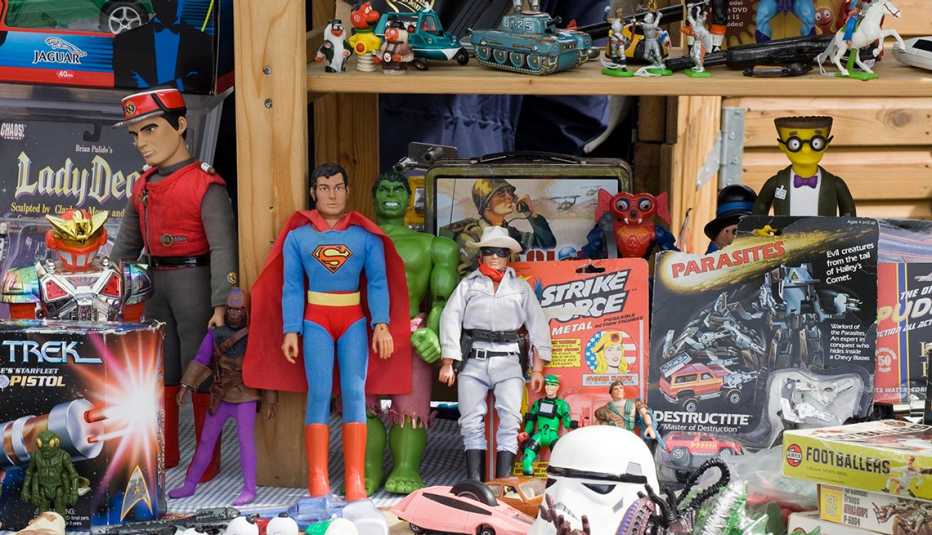



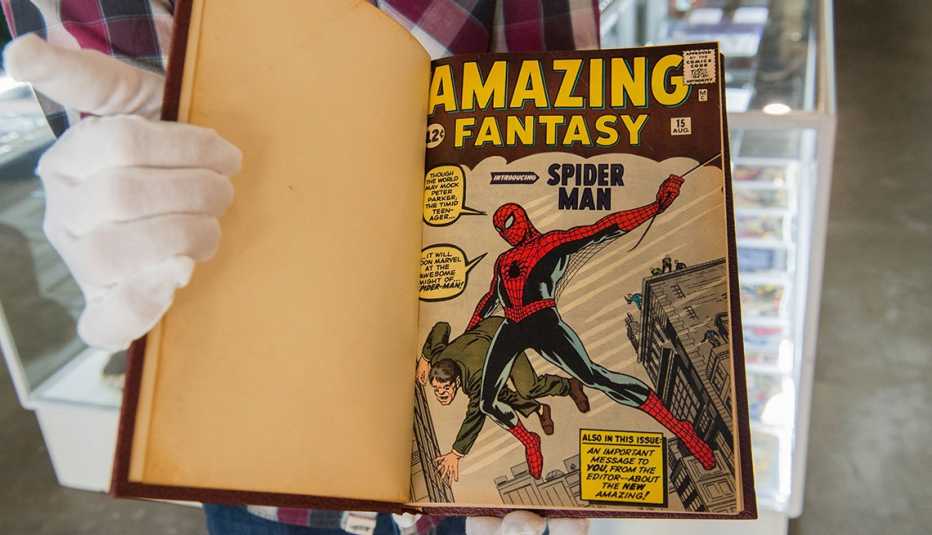
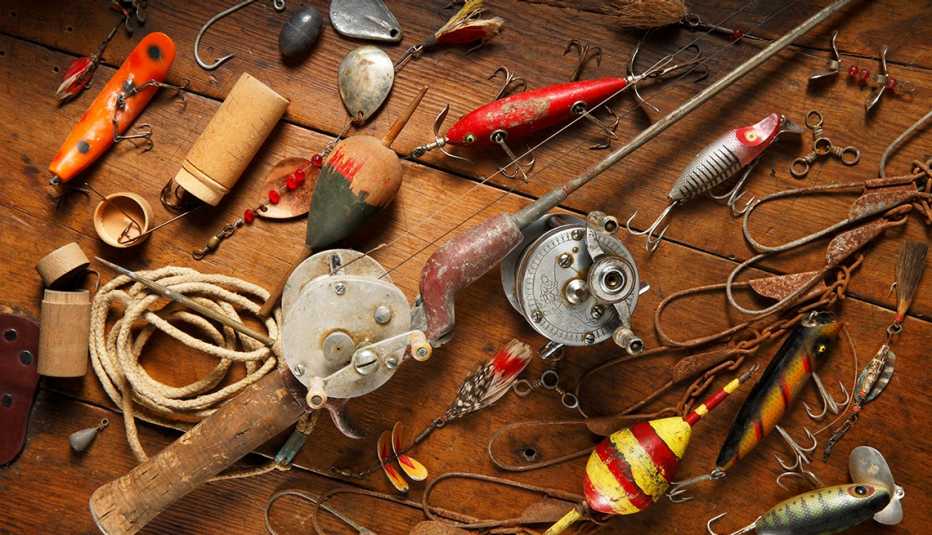

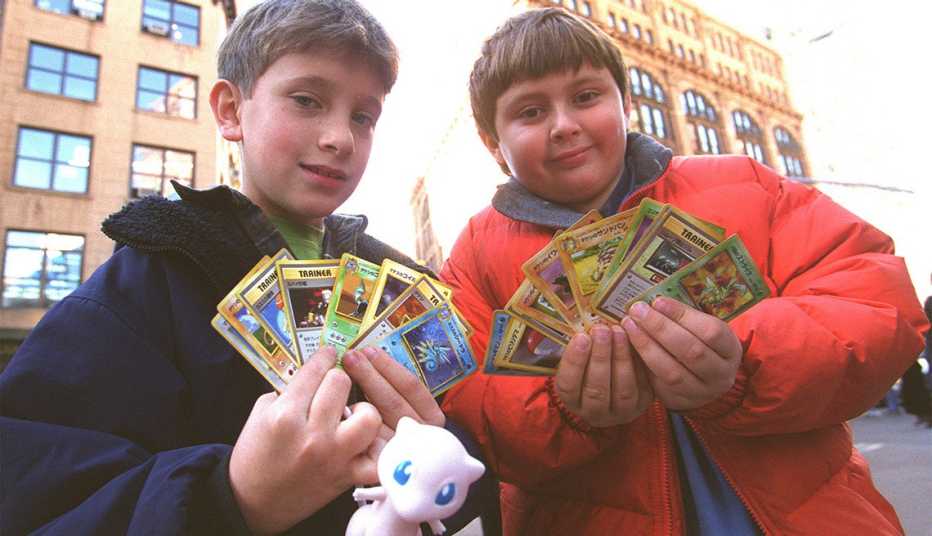
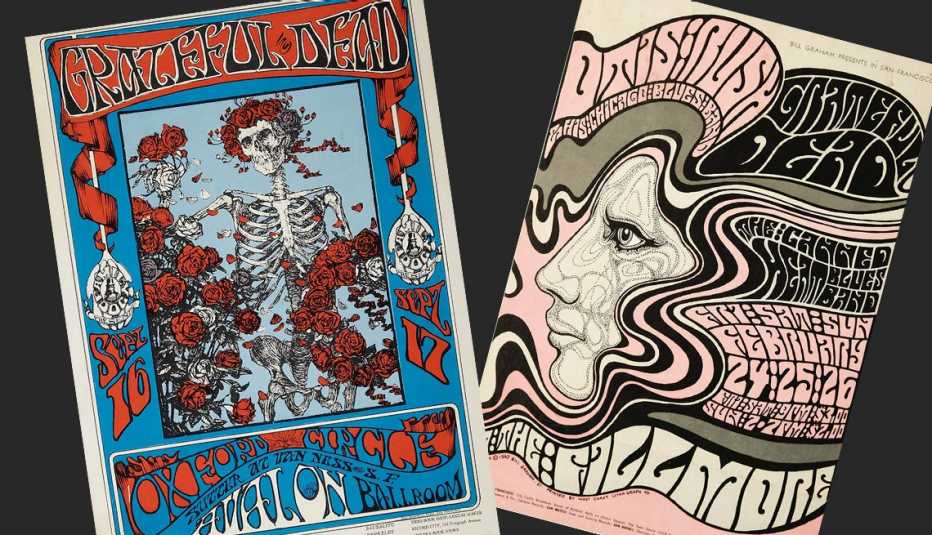

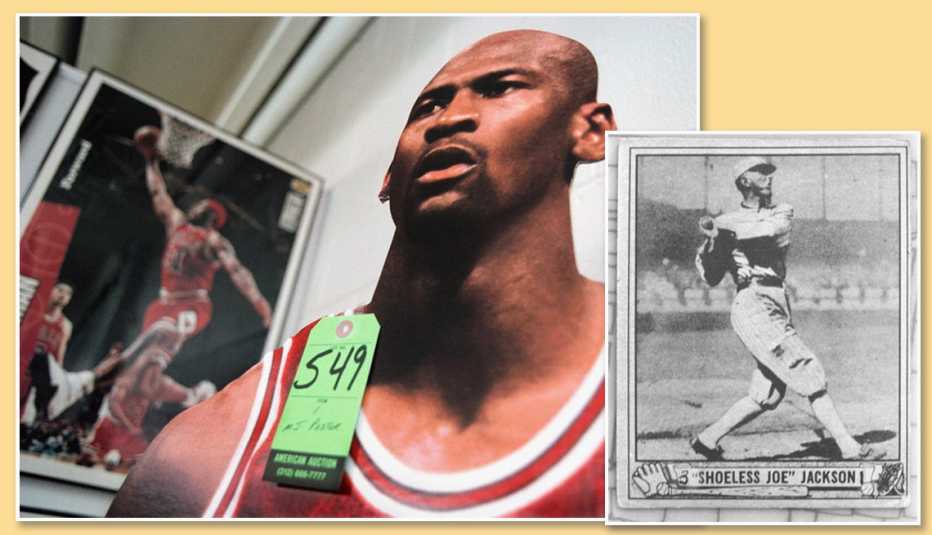
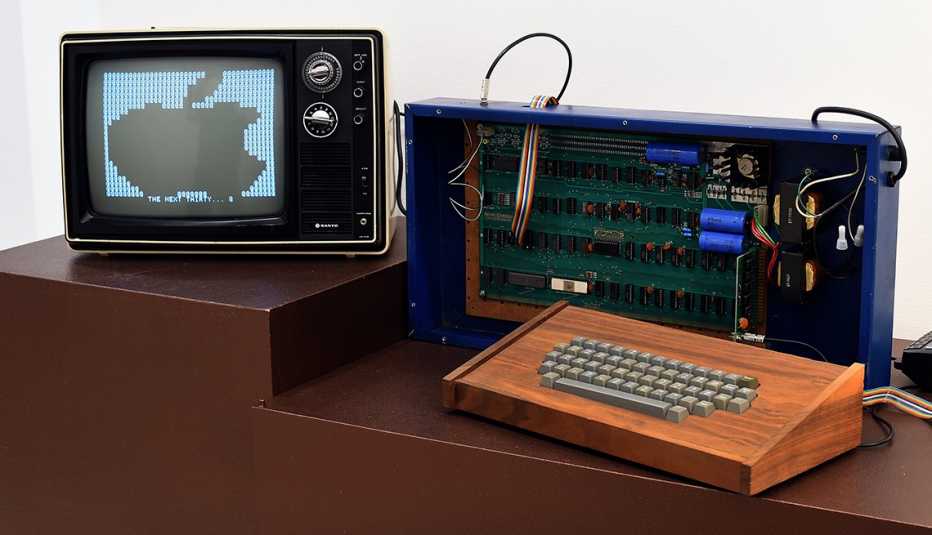

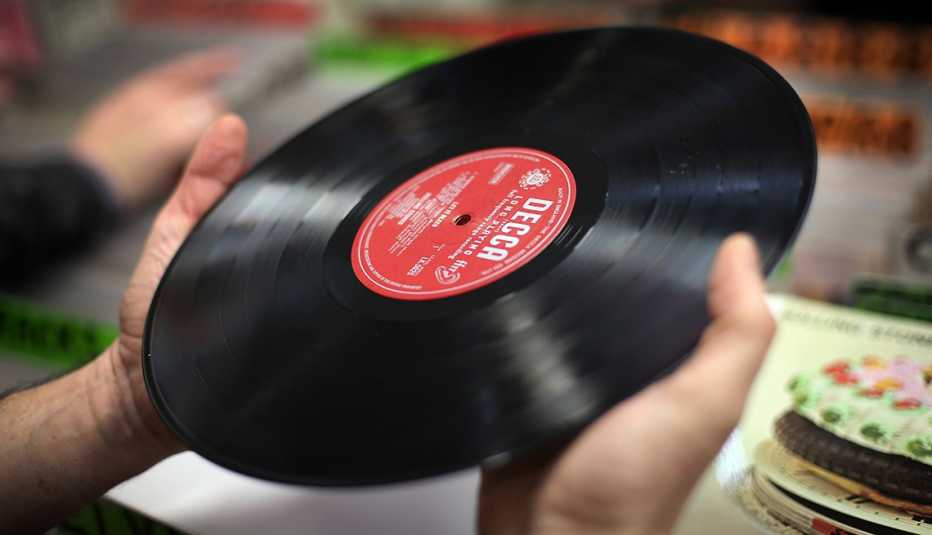


More From AARP
Tips to Sell Collectibles Your Kids Reject
Get cash for collectibles your children don’t want to inherit
Mom Wants Me to Have Her Lladró Figurines
Can I sell them and pocket the money?
Smart Yard Sale Buys and Items to Avoid
And some you may want to avoidRecommended for You